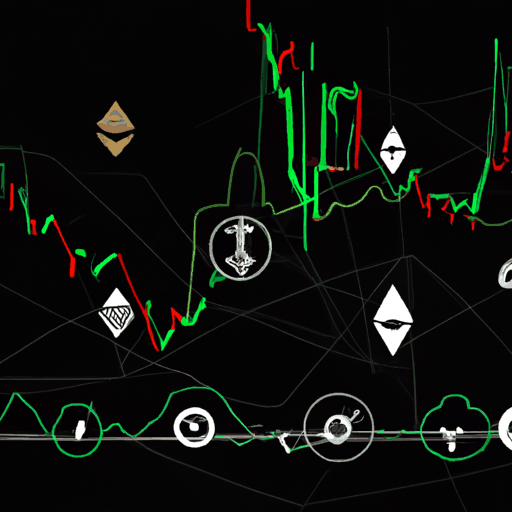
Bitcoin Stagnation Amid Long-Term Holder Activity And Institutional Moves
By: Eva Baxter
The current stagnation in Bitcoin's price, confined above the $100,000 mark, continues to be a topic of major discussion among analysts. Significant attention has been given to the behavior of long-term Bitcoin holders, or OGs, who, according to Capriole Investments founder Charles Edwards, are "dumping on Wall Street." This behavior began in earnest with the launch of Bitcoin spot ETFs in January 2024, and while institutions have shown high demand, it appears that the actions of these seasoned holders are keeping prices in check.
This complex scenario reveals a silent rotation within the Bitcoin market. Long-term holders are reportedly offloading their positions, while new holders, particularly institutional investors and corporate treasuries, are eagerly absorbing these available assets. Edwards highlighted a dynamic shift captured in blockchain data, where a newer class of entities keen on strategic accumulation could be setting the stage for potential bullish movements. The aggressive accumulation by these entities has been significant, reportedly absorbing all Bitcoin sold by long-term holders over the past year and a half.
This exchange of hands signals a remarkable transition in the market. Data shows a surge in the cohort of 6-month-plus Bitcoin holders, indicating strategic buying patterns historically associated with short-term bullish trends. Nevertheless, Edwards cautions about broader data indicating market fragility, suggesting that corporate treasury initiatives are key to sustaining this momentary momentum. If Treasury Companies maintain their aggressive buying stance, an upward price movement could materialize, but cautious optimism remains advised.
The narrative adds layers with insights from Mauricio Di Bartolomeo, co-founder of Ledn, suggesting that actions perceived as two distinct flows might, in reality, be a unified strategy. This view posits that long-term holders could be transitioning towards ETFs and BTC Treasury Companies, catalyzed by generational shifts favoring traditional financial custodianship over self-sovereign wallets. However, Edwards challenges this view, positing that the shift in holder behavior is typical during such stages in the Bitcoin Halving cycle. This reflects a wider market trend, where the interplay between long-term holders' selling and new institutional buying requires careful monitoring. In this light, the real test will be whether the current demands can absorb the Bitcoin held by the earliest stakeholders.
At press time, Bitcoin is trading at $108,044, and this balanced interplay could herald increased volatility for observers moving forward.



